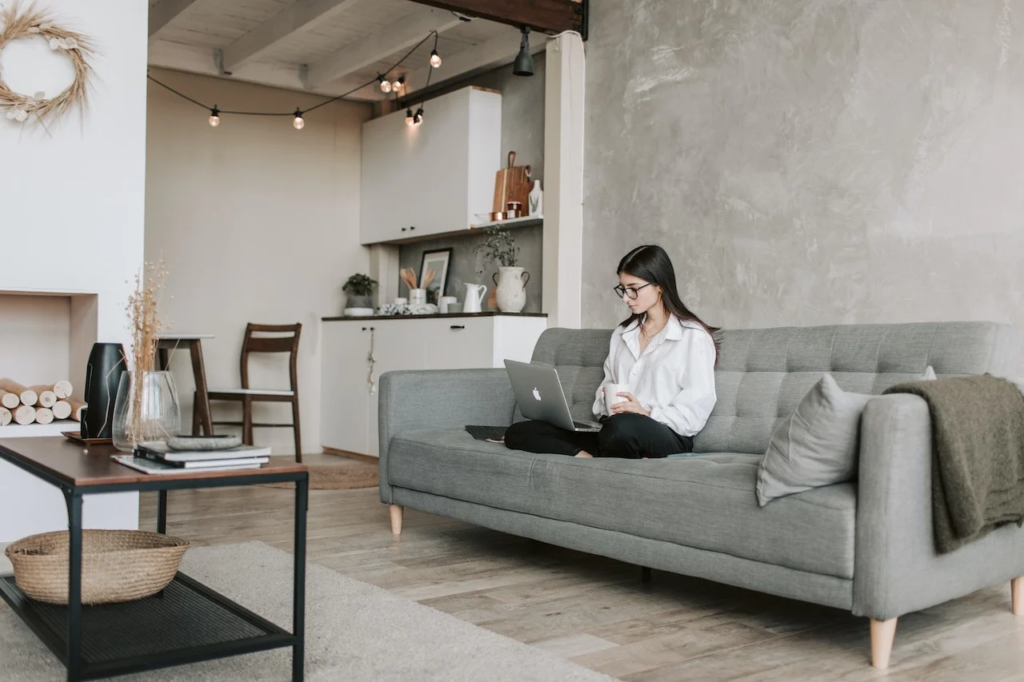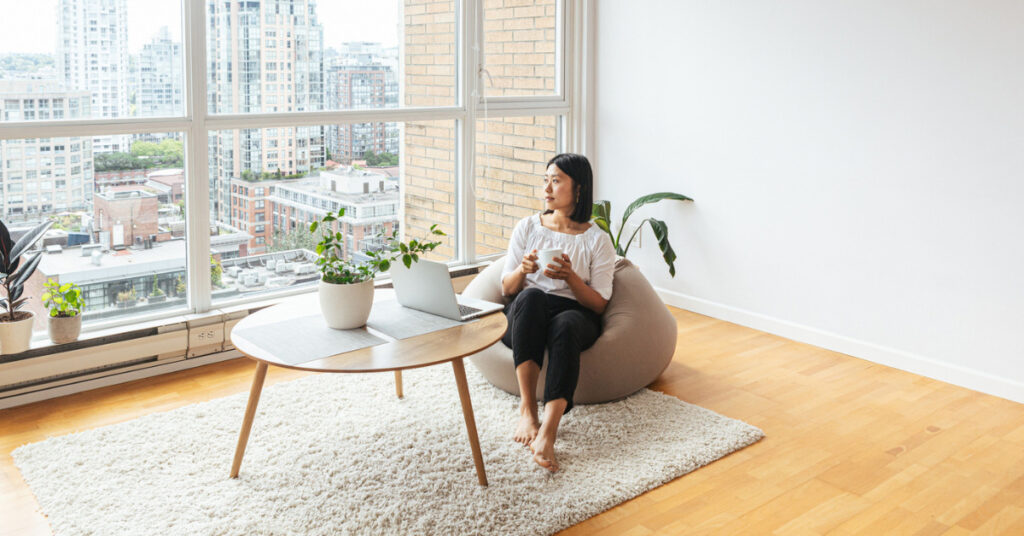In a world full of ads, shopping malls, and fast-paced trends, more people are choosing to live with less. This growing trend is called the minimalist lifestyle, and it’s all about removing what you don’t need so you can focus on what really matters.
But what does being a minimalist really mean? Why are so many people downsizing their homes, cleaning out their closets, and saying no to more stuff?
Let’s explore how the minimalist lifestyle works, why it’s growing in popularity, and how living with less could lead to a happier, more peaceful life.
What Is a Minimalist Lifestyle?

Minimalism is the idea of owning fewer things and focusing on what adds value to your life. It’s not just about throwing away your belongings. It’s about being more thoughtful about what you own, buy, and do.
Minimalists aim to reduce clutter, both physical and mental. This means:
- Buying less stuff
- Getting rid of things they don’t use or need
- Spending more time on experiences rather than things
- Living in simpler, smaller spaces
- Saying no to extra commitments or toxic relationships
It’s about making space—in your home, in your mind, and in your schedule—for the things that bring you joy.
Why Are People Choosing Minimalism?
1. Less Stress
Too much clutter can cause stress and anxiety. Studies show that people with messy homes often feel overwhelmed. A cleaner, simpler space can help you feel more in control and calm.
2. More Time and Energy
When you have fewer things, you spend less time cleaning, organizing, and looking for lost items. You also spend less time shopping. That means more time for things that matter—family, hobbies, travel, and self-care.
3. Saving Money
Buying less saves money. Many people turn to minimalism to help them pay off debt, build savings, or even retire early. Minimalists focus on quality over quantity and think carefully before making a purchase.
4. Environmental Benefits
The less you buy, the less you waste. Minimalism is also about living sustainably, reusing items, and making eco-friendly choices. It’s a lifestyle that supports the health of the planet.
5. More Freedom
Owning less gives you more freedom to move, travel, or even live in a smaller home. Many minimalists say they feel lighter and freer once they let go of things they don’t need.
Myths About Minimalism
Some people think minimalism is only for people who are rich or single. Others think it means living in an empty house with no fun.
But the truth is, minimalism looks different for everyone.
You don’t have to live in a tiny home or give up all your furniture. It simply means choosing what matters most to you and letting go of the rest.
- For a busy parent, it might mean fewer toys and simpler routines.
- For a young professional, it might mean spending less on clothes or tech.
- For a retiree, it might mean downsizing and focusing on health and travel.
Minimalism is personal, flexible, and based on your own values.
How to Start Living a Minimalist Life

Getting started with minimalism doesn’t have to be hard. You can take small steps:
1. Start With One Area
Pick one part of your home—a drawer, a closet, or a room—and clean it out. Ask yourself: Do I use this? Do I love it? If not, donate or recycle it.
2. Try a 30-Day Challenge
Each day for 30 days, remove one item you don’t need. By the end, you’ll have 30 fewer things—and more space.
3. Stop Buying What You Don’t Need
Before buying something, ask: Do I really need this? Will it add value to my life?
4. Focus on Experiences
Spend your time and money on experiences, not things. Go for a walk, meet a friend, or try a new hobby.
5. Practice Saying No
Don’t be afraid to say no to things, people, or events that drain your energy. Protect your time and peace of mind.
Real-Life Stories: How Minimalism Changed Lives

Many people who try minimalism say it changes not just their home, but their whole life.
Jessica, a teacher from Chicago, started by cleaning out her closet. “I realized I was holding onto clothes I hadn’t worn in years,” she says. “Once I let them go, I felt so free. It made me want to simplify other parts of my life, too.”
Mark and Olivia, a couple from Texas, sold their large home and moved into a tiny house. “We were drowning in debt,” Mark explains. “Now, we live smaller but better. We travel more, stress less, and feel closer than ever.”
Final Thoughts: Is Minimalism Right for You?
The minimalist lifestyle isn’t about being perfect. It’s about being intentional. It’s a choice to live with purpose, focus, and joy.
In a noisy world that tells us to buy more, minimalism offers a powerful message: Less can be more.
Whether you want to reduce stress, save money, or just create a calmer space, taking even one step toward minimalism can make a big difference.
Start small. Be kind to yourself. And remember—it’s not about having nothing. It’s about having enough.
Read More:- Best 10 Out Door Games For Kids












Leave a comment